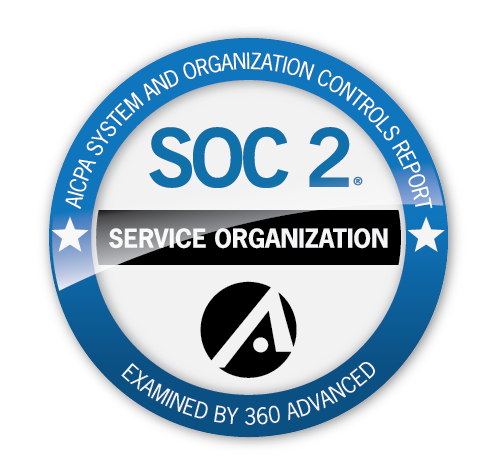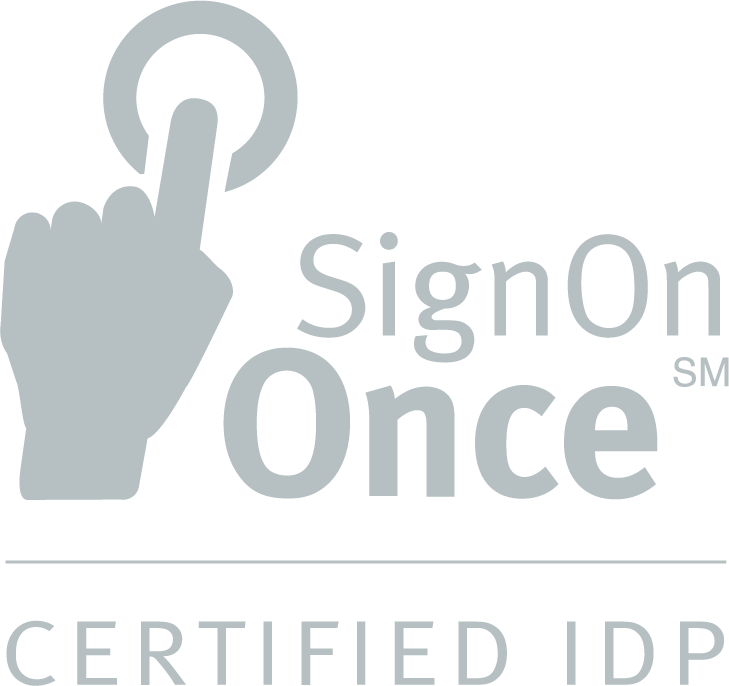The commercial insurance industry is growing, and an increase in the demand for insurance, government regulations, and growing competition are all contributing factors to its financial performance. In 2020, worldwide revenues for the commercial insurance market reached $349 million; by 2028, revenues are expected to exceed $661 million.
Keep in mind that’s just revenues—by 2028 the total value of the global commercial insurance industry will reach more than $1.22 trillion at a compound annual growth rate of 8.5 percent.
With so much growth comes the need for a modern digital infrastructure to support it.
Carrier success is connected to agent experience
Over the next few years, much of the day-to-day work generating this growth will land on the desks of independent agents. Agent portals (once the epitome of excellent digital experience) are certainly more convenient than not, but agents who represent multiple insurance carriers won’t have time to enter the same information into multiple portals for each of their carrier partners.
Platforms that provide agents access to quotes from multiple insurers are the primary way to solve this issue, and most carriers recognize that it’s better to be included on these comparative raters, in front of those independent agents, than to be excluded from potential business. By developing seamless connectivity between carriers and agents, it’s not a matter of being reduced to just a dollar sign and a number. It just makes it easier for agents to do business with carriers. A recent Celent report found 71% of agents cite comparative raters as a key factor in their decision to work with a carrier.
With hundreds of millions of future dollars in additional revenue available to the most adaptive insurers, carriers can trust in their agents to articulate the uniqueness of an offering.

Connectivity solutions agents and carriers both need
APIs are at the center of this connectivity between carriers and their agent partners, and the ability to collaborate with data is one of the top items on the independent agent’s technology wish list. Using APIs to deliver complete, accurate, and specific data in real time to agents is crucial for staying competitive in a dynamic market.
Carriers whose interfaces transfer data quickly and easily can gain an advantage by streamlining agency workflows, allowing agents to win more business on their behalf. With the overall increase in demand for commercial insurance, agents will need every tool to maximize their workflow capacity.
Read also: “Harnessing the power of APIs to enhance the digital client experience”
Prioritize connectivity to boost productivity
The opportunities for agents to sell more, better, and faster on comparative raters with the help of data aggregation are obvious. The benefits of a growing commercial insurance industry will be enjoyed by the carriers who use connectivity solutions to build stronger, more productive relationships with their agent partners. Increased competition will place even greater emphasis on the importance of being a carrier of choice.
Bottom line: success in the commercial insurance market of 2028 depends on the connectivity practices that carriers implement today.


